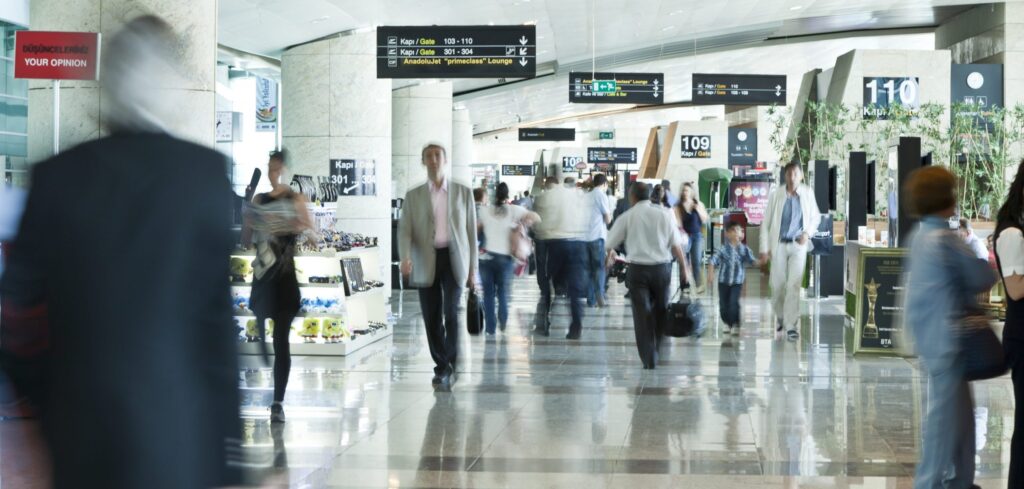Airports Council International (ACI) World says it has extended its Airport Health Accreditation program, which helps airports demonstrate to passengers, regulators and governments that they are prioritizing health and safety in a measurable, established manner.
The program was updated this year and remains aligned with the latest ICAO Council’s Aviation Recovery Task Force (CART) recommendations, and with the ACI Europe Guidelines for a Healthy Passenger Experience, which in turn are aligned with the EASA/ECDC Aviation Health Safety Protocol and industry best practices. The guidelines are also aligned with ACI’s updated Aviation Business Restart and Recovery publication. Accreditation is granted for 12 months and, as the first airports were accredited in August 2020, ACI has opened the program for airports to be reaccredited for another 12 months.
“ACI’s Airport Health Accreditation program continues to provide invaluable support to airports around the world, enabling them to validate their own measures throughout their facilities and processes and reassure the traveling public,” said ACI World’s director general, Luis Felipe de Oliveira. “The re-establishment of air travel will be a key driver for a global economic recovery. But, to succeed, passengers must have confidence in the industry’s focus on health and welfare. The Airport Health Accreditation program has the support of ICAO and fosters this crucial passenger confidence through the harmonization of health measures that have been introduced around the world; small, medium and large airports around the world have signed up.”
All passenger areas and processes are assessed through the program, including terminal access, check-in areas, security screening, boarding gates, lounges, retail, food and beverage, gate equipment such as boarding bridges, escalators and elevators, border control areas and facilities (in collaboration with authorities), baggage claim areas and arrivals exits. The processes assessed include cleaning and disinfection, physical distancing, staff protection, physical layout, passenger communications and passenger facilities.

